Andy Warhol (center) with Lou Reed (right) and The Velvet Underground. (Photo: Courtesy Everett Collection)
It may be a cliché to say that pop culture peaked in the 1960s, but for celebrated filmmaker Todd Haynes, it’s one of those clichés that happens to be true. And don’t worry — he’s well-aware that makes him sound like the real-life version of that Simpsons meme that’s all the rage with today’s extremely online kids. “Not to be an old fogey about things,” the 61-year-old writer/director behind celebrated movies like Far From Heaven and Carol tells Yahoo Entertainment with a knowing laugh. “But I think it’s fair to say that Western culture reached an apex of sophistication, awareness, consciousness and creativity in the ’60s that I don’t think we’ve ever beat. In many ways, it’s all been downhill from there!”
Born in 1961, Haynes came of age while that cultural wave was cresting, and the spirit of the ’60s still informs his work. Sometimes that spirit is felt thematically and sometimes it manifests itself directly as in his wildly original Bob Dylan “biopic,” I’m Not There — which featured multiple performers playing multiple versions of the era’s most influential troubadour — as well as his recent documentary, The Velvet Underground, which arrives on an extras-laden Criterion Collection Blu-ray this week. It’s a portrait not only of the iconic band fronted by singer Lou Reed, but also of a now-vanished version of New York City where the arts flourished thanks to strong communities, more plentiful housing and a lower cost of living.
“I think it was easier to be an artist then — it really was,” Haynes muses of ’60s-era Manhattan. “People moved around place to place [in New York], and would see each other popping up from one venue to the next. They felt like, ‘This is my tribe. This is my group of people who keep popping up wherever I go.’ There was that sense of community among artists. There’s really no time that compares to the ’60s within the arts in New York.”
Story continues
Todd Haynes attends a screening of The Velvet Underground at the 2021 New York Film Festival. (Photo by Theo Wargo/Getty Images)
Haynes knows that waxing nostalgic about the ’60s doesn’t just make millennials and Gen Z-ers roll their eyes. The decade remains a bête noire among conservative critics, whose feathers were ruffled by the larger cultural, political and societal shifts happening in America at the time. But he also feels that offers more evidence as to why the ’60s represents America’s contemporary apex. “Whether you’re on the left or the right, it’s a pivot point,” he notes. “It’s an inflection point, culturally.”
It should be noted that The Velvet Underground doesn’t shy away from addressing the decade’s excesses and errors. One of the central threads of the documentary is the volatile tug of war between Reed and pop artist, Andy Warhol, who acted as the band’s manager and chief promotor during its breakout period. A controversial figure in his time and even more so today, Warhol frequently meddled in the group’s creative direction, most notably by adding the German singer and model, Nico, to the lineup. By 1968, the Velvets severed ties with Warhol and the band itself dispersed five years later in 1973.
In an example of how time can heal even the most serious of wounds, Haynes’s documentary ends with a tender reunion between Reed and Warhol prior to the artist’s death in 1987. (Reed passed away in 2013.) “We didn’t know exactly where that piece of film would go, because it was out of our time frame,” the director reveals. “But it’s so extraordinary, and my two editors kept saying, ‘There’s gotta be a way.’ A lot of the movie is about aging — the history of the group is written on the band’s faces and what they survived. It’s a movie about time.”
Speaking of time passing, next year marks the 25th anniversary of one of Haynes’s signature films, Velvet Goldmine — a phantasmagorical fictionalization of David Bowie’s glam rock years. Premiering at the Cannes Film Festival in May 1998 and released in theaters the following November, the film stars Jonathan Rhys-Myers as the Bowie-inspired rocker, Brian Slade, and Ewan McGregor as his collaborator (and lover) Curt Wild, modeled in part after Reed and Iggy Pop. (In real life, Bowie and Iggy Pop were close friends and recording partners, although Bowie offered in varying statements about his own sexuality over the decades.)
Bowie reportedly declined to license his catalogue to Haynes for use in Velvet Goldmine, and the filmmaker confirms that the singer — who died in 2016 — was “protective” of his music and image. “He told us that he had plans for things to do with the glam era stuff that may or may not have happened,” says Haynes, adding that he never met Bowie in person while working on the movie. “But there’s nobody like him, and you’ve got to give any artist their feelings of ambivalence about how they want their work to be depicted. For me, it was only every meant to be a valentine to him and that period.”
Although Velvet Goldmine opened to mixed reviews and box office in 1998, over the ensuring quarter century it’s become a key entry in the queer cinema canon, and remains one of Haynes’s most visually and narratively daring works. While the director declines to say if specific plans are in motion for the 25th anniversary, he does note that a new digital print of the film has played at festivals and could pop up on the Criterion Collection’s 2023 slate. That coincides nicely with the recent Bowie resurgence that accompanied the recent release of Brett Morgan’s authorized documentary, Moonage Daydream, which will likely be among the Best Documentary candidates at next year’s Oscars.
Jonathan Rhys-Myers as Bowie-inspired glam rocker, Brian Slade, in Velvet Goldmine. (Photo: Miramax/Courtesy Everett Collection)
“There were a lot of things I loved about that movie,” Haynes says of Morgan’s film. “The material is so remarkable that you kind of can’t go wrong! The images that Bowie generated are almost as compelling as the music. With Velvet Goldmine we were also working with a broader range of avant-garde films that were being released in the ’60s and ’70s during our storyline. So we had our own strategies to recombine it and shuffle it all around.”
One Haynes classic you won’t be seeing on the Criterion Collection — at least not anytime soon — is his legendary experimental film, Superstar: The Karen Carpenter Story, which celebrated its 35th anniversary this year. An unauthorized recounting of the life and early death of beloved ’70s singer Karen Carpenter, told with Barbie dolls, the 1987 movie has long been blocked from any kind of official release due to litigation brought forward by Carpenter’s brother and bandmate, Richard. Unhappy with his sister’s portrayal, Carpenter sued Haynes for not clearing licensing rights to their songs and successfully kept the film out of official circulation, although it is available via bootleg copies that can be found on YouTube.
Superstar also occasionally screens for the public at film festivals like Sundance and SXSW, and Haynes is optimistic that a wider release could one day happen. “There have been certain legal opinions written about the ways to get it liberated,” he says, making sure to mention that “liberation” isn’t imminent. “It’s been amazing when I have been able to show it under certain auspices — like when it’s not for admission and not advertised in the papers. We’ve shown it in a few venues that way, and it’s been really exciting.”
The Velvet Underground is available now on Blu-ray from the Criterion Collection
You can view the original article HERE.


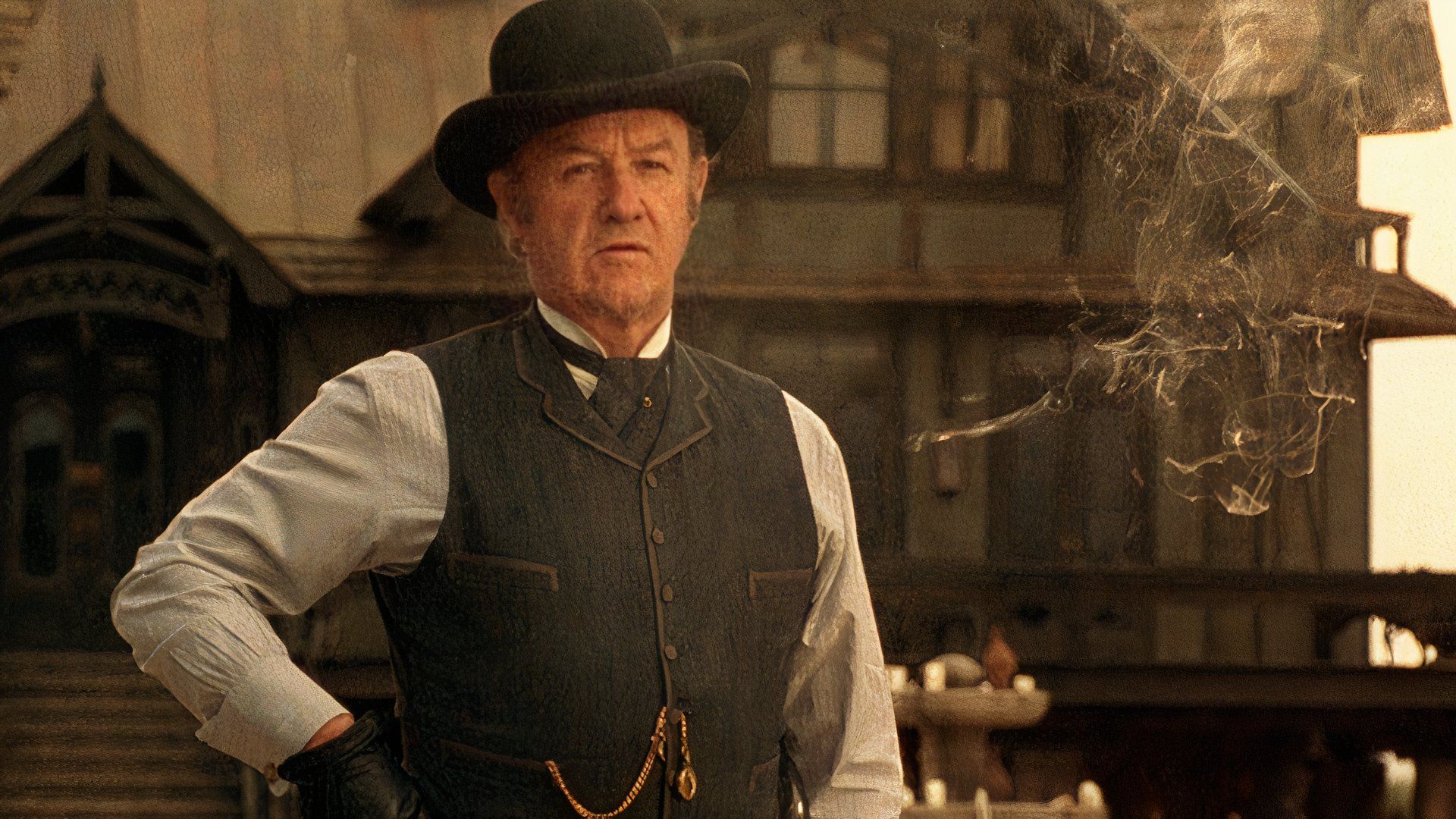
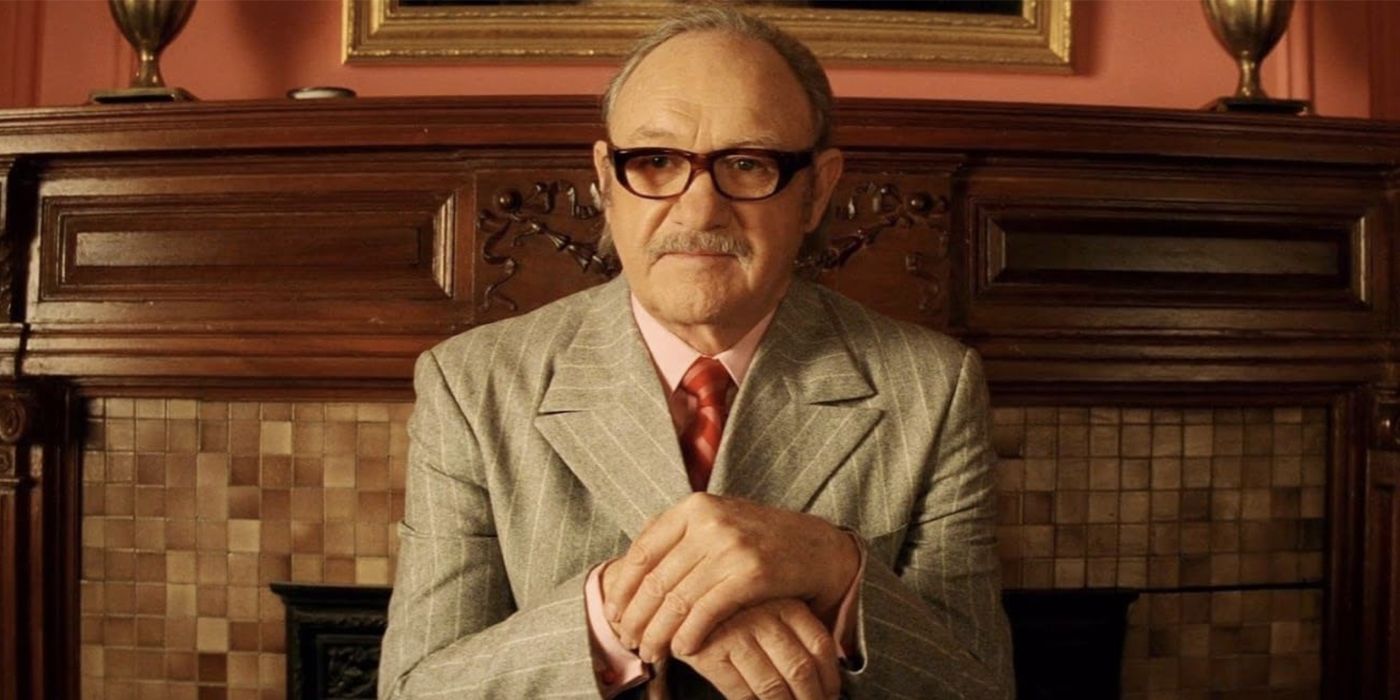

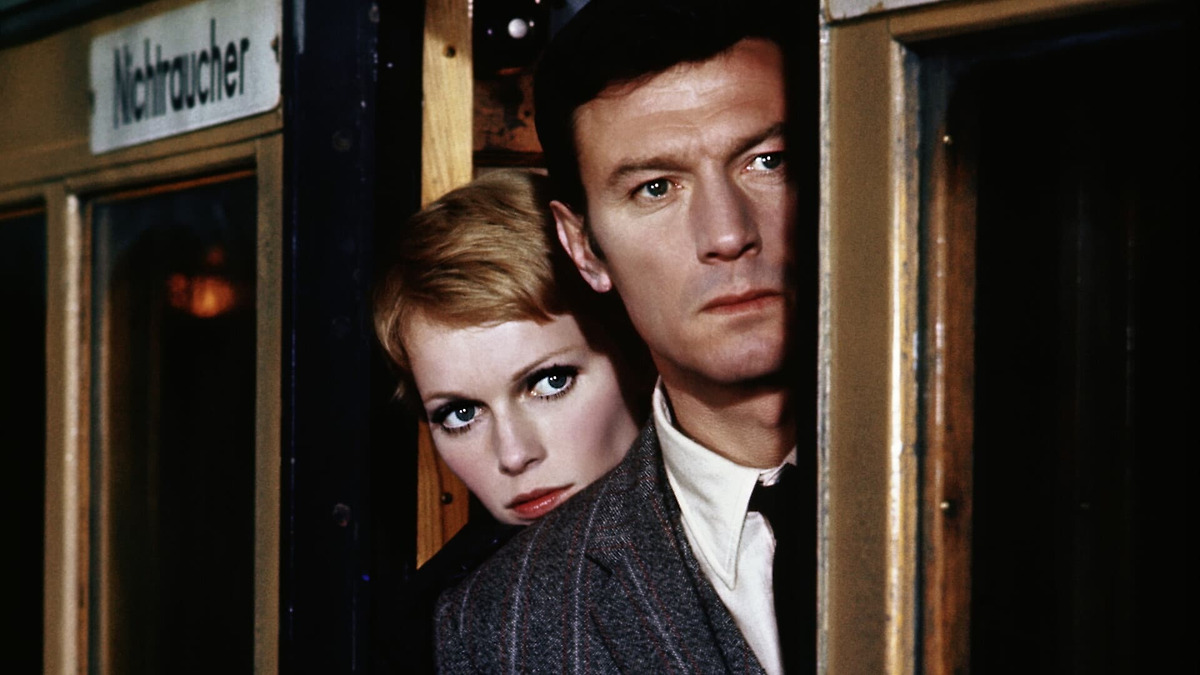
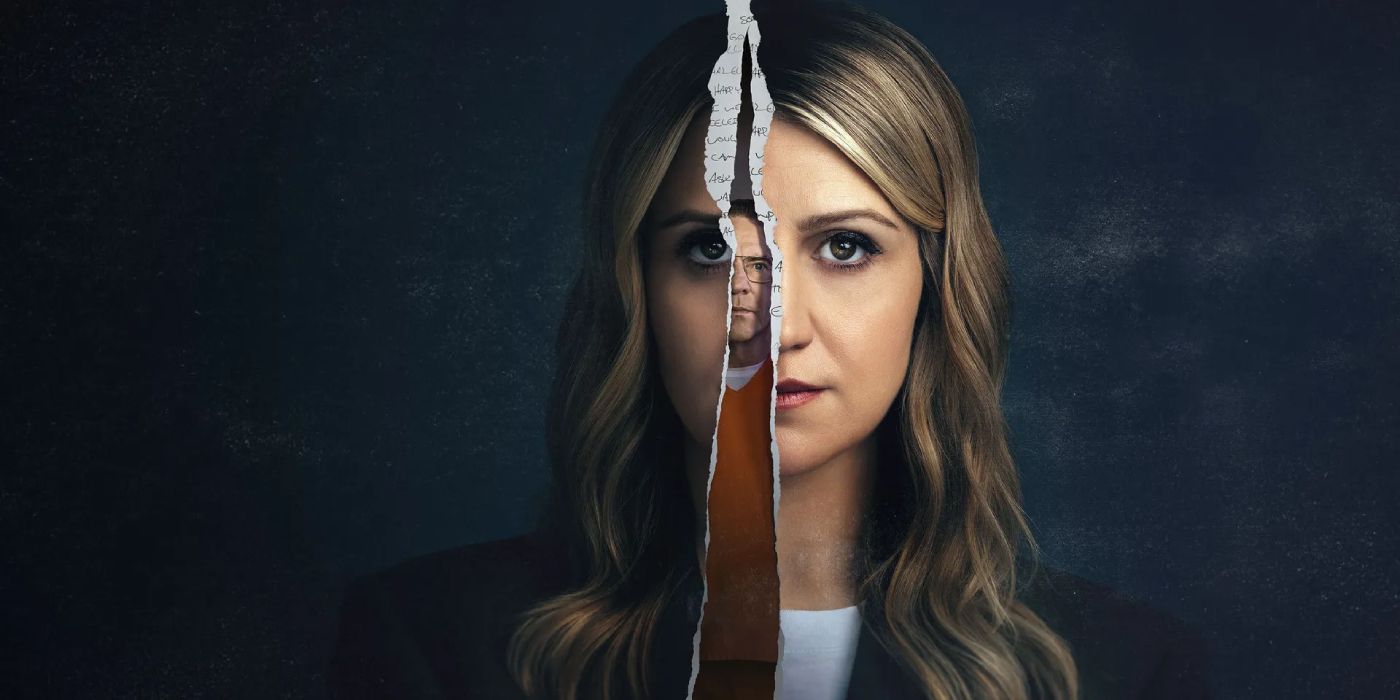





:max_bytes(150000):strip_icc():focal(749x148:751x150)/Heidi-Klum-swimsuit-tout-b24083a01f0345a1bd9191c51e845a46.jpg)



:quality(85):upscale()/2023/11/13/833/n/1922283/6debaba66552721d8abec4.99129921_.jpg)



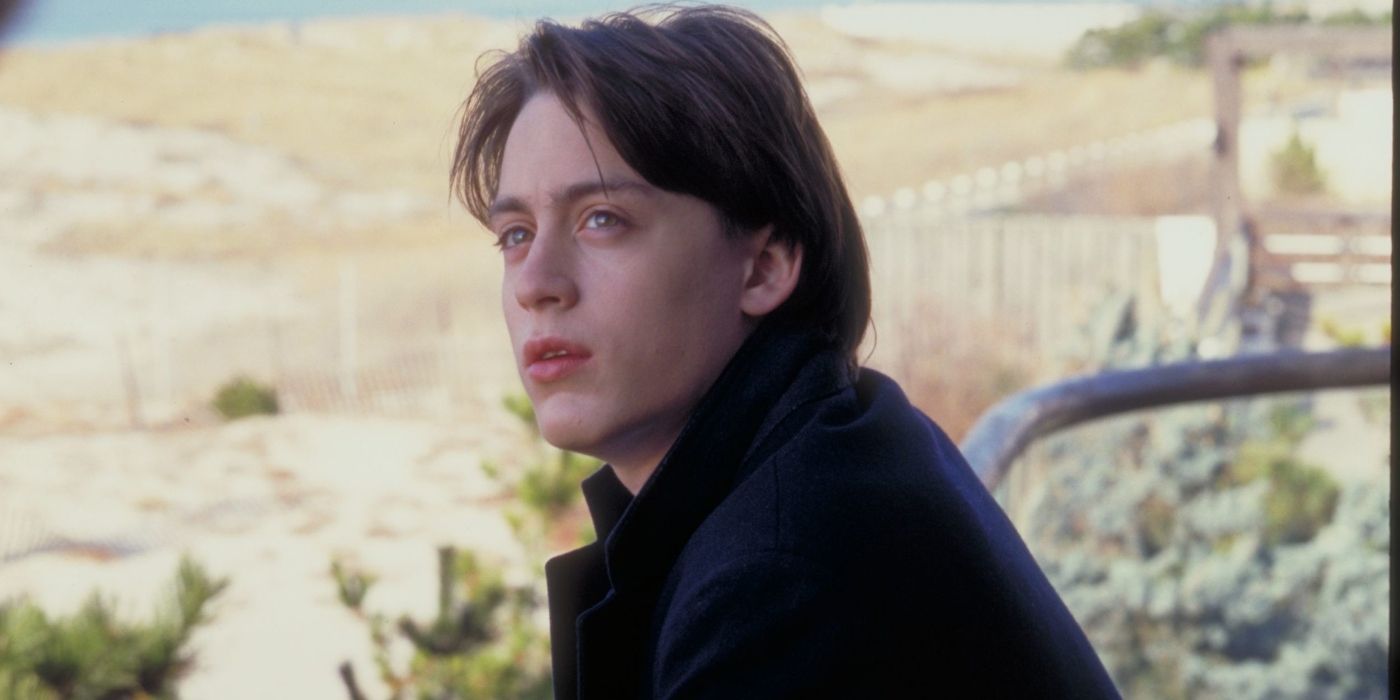





:quality(85):upscale()/2025/03/10/032/n/1922564/6d4c512167cf79cc97a105.46723546_.jpg)
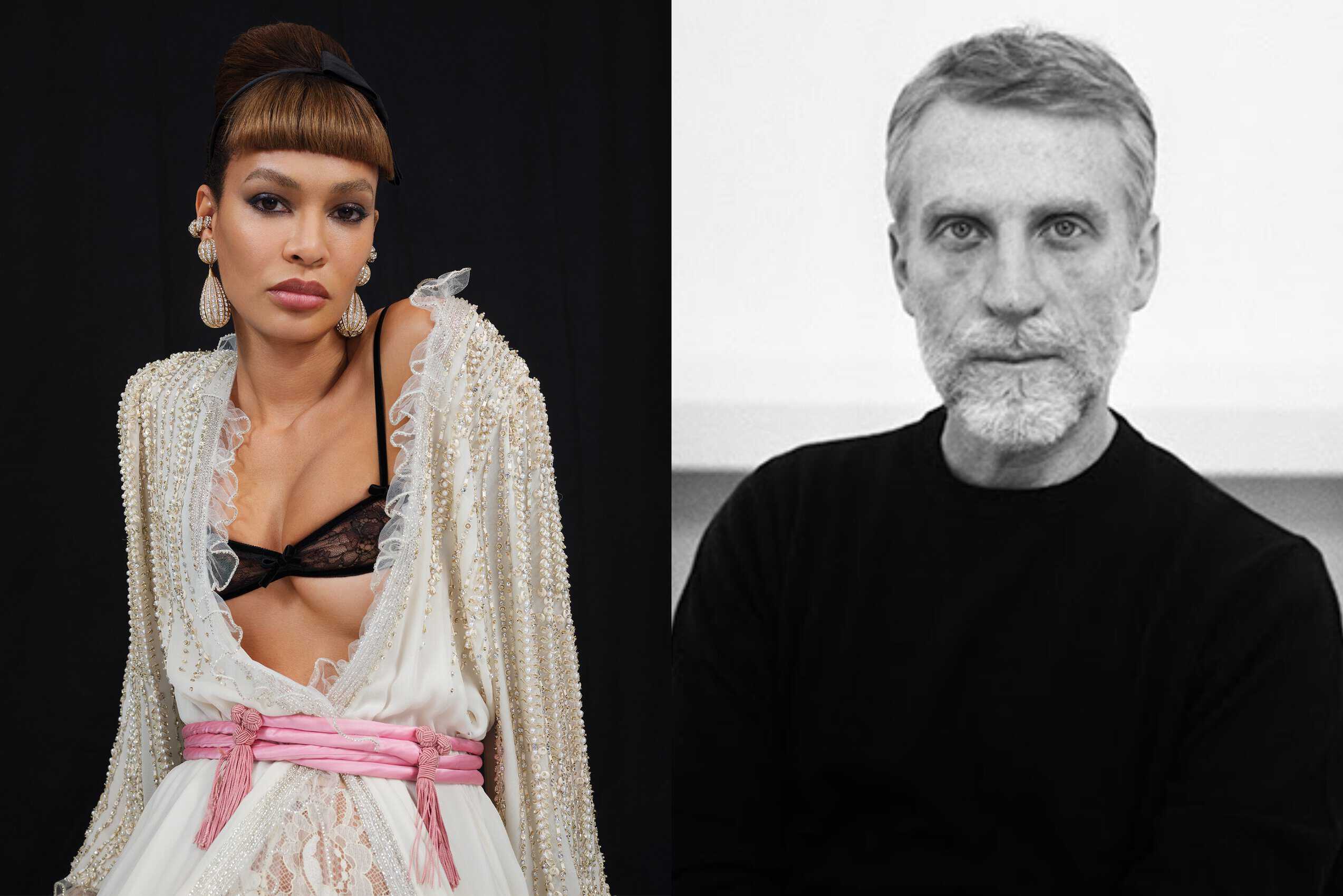
:quality(85):upscale()/2025/03/08/601/n/1922564/c69f7e2e67cc457eb25755.07032611_.jpg)
